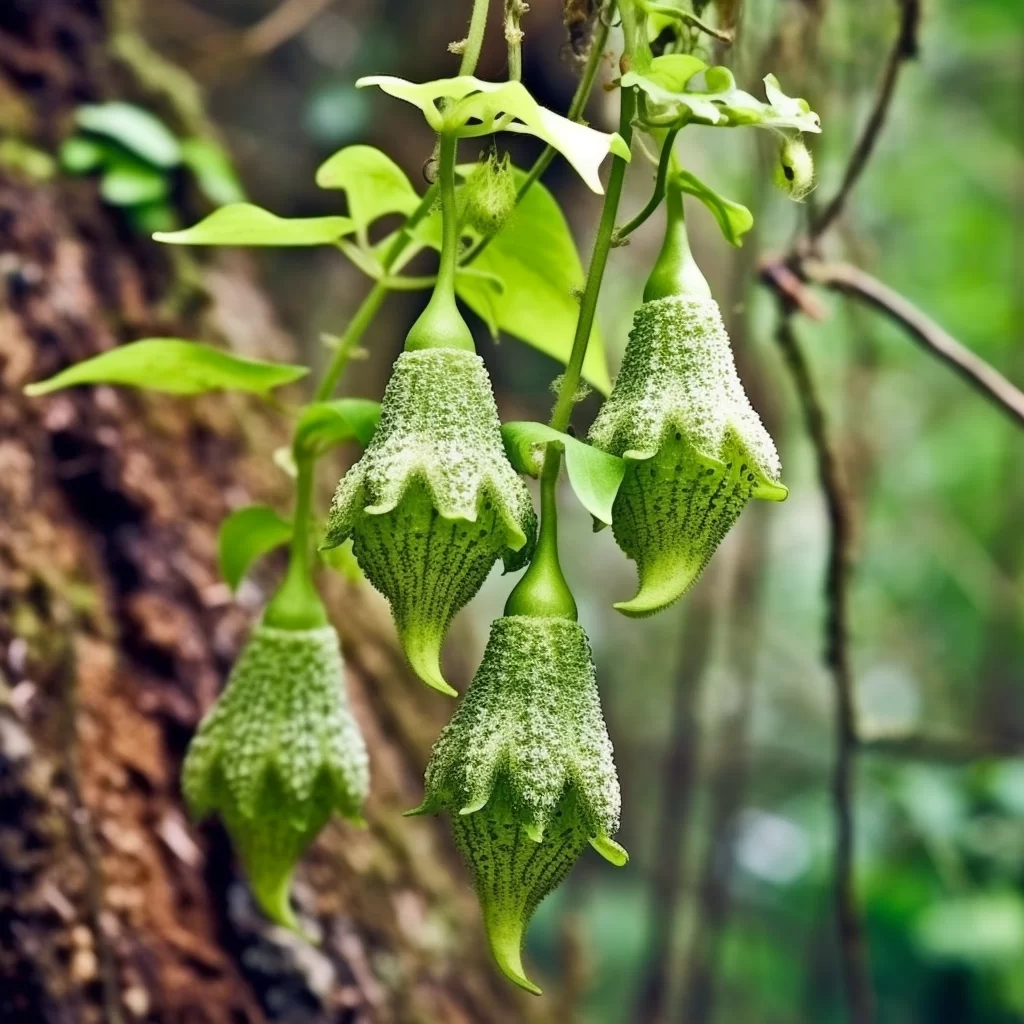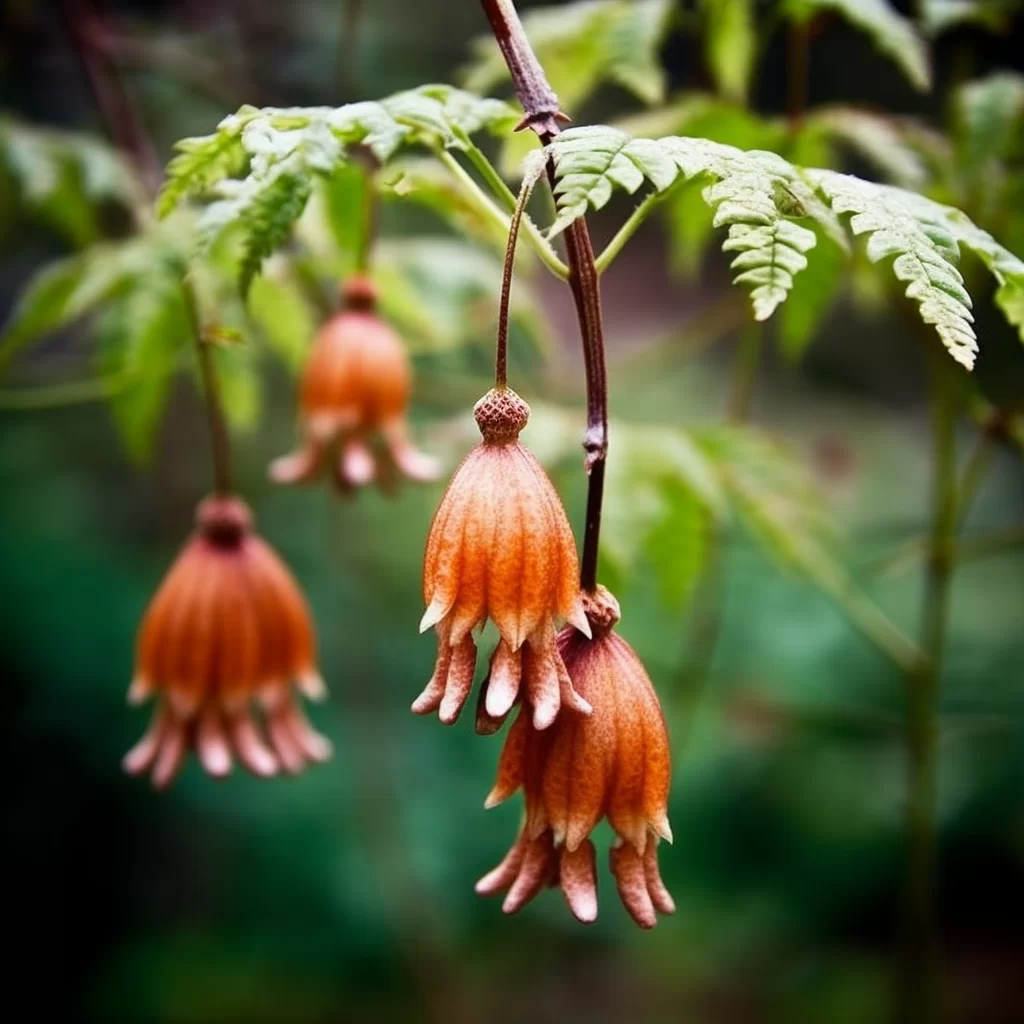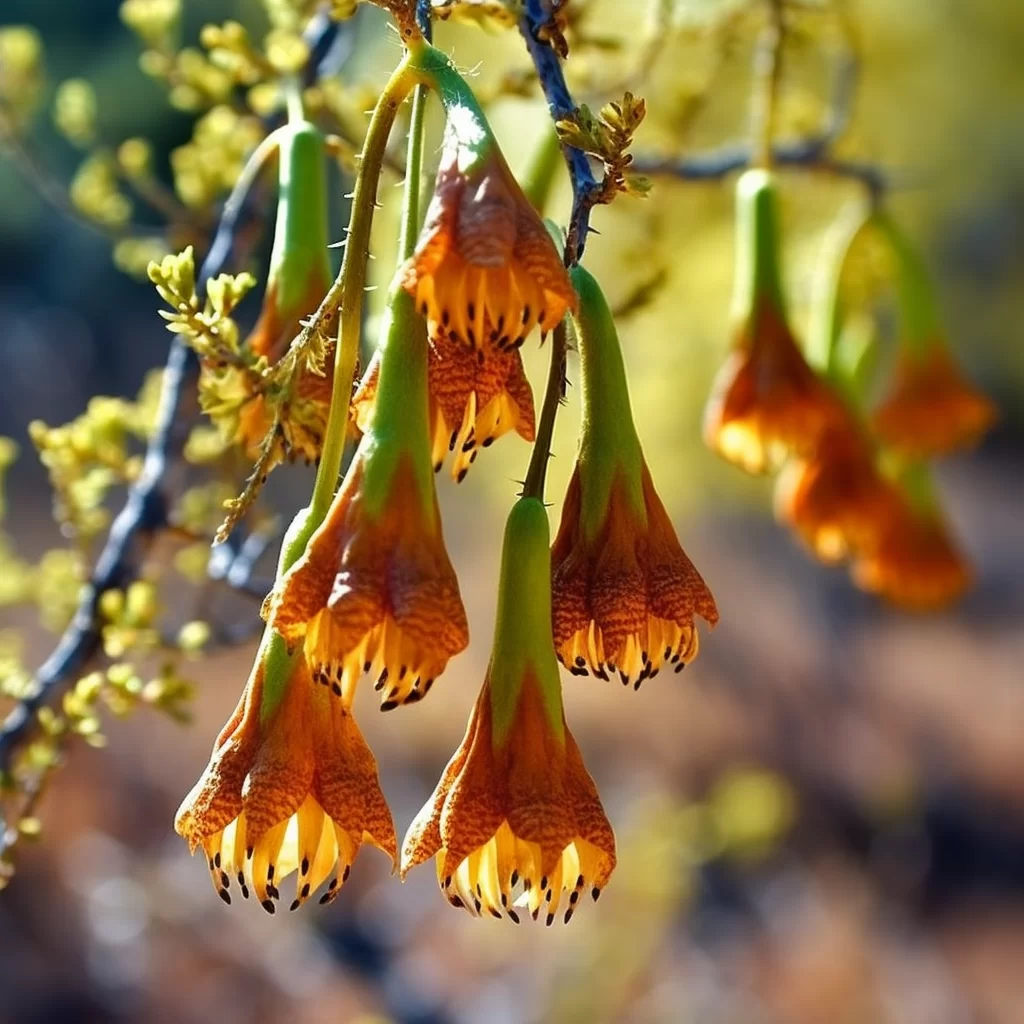Story of Day :
Contents
The Deathbell Plant: A Complete Guide and Care Tips
Are you looking for an exotic addition to your garden that will turn heads? The deathbell plant might be just what you need.
This highly poisonous plant is not only beautiful, but also has a rich history and fascinating mythology attached to it.
In this guide, we’ll explore the different aspects of caring for the deathbell plant, its unique characteristics, and how to avoid any potential dangers associated with growing it.
What is a Deathbell Plant?
The deathbell (Atropa belladonna) is a perennial herbaceous plant that belongs to the nightshade family Solanaceae.
It’s native to Europe, North Africa and Western Asia.
The name “Belladonna” means “beautiful lady” in Italian because women used its juices as eye drops in ancient times as they believed it enhanced their beauty by dilating their pupils giving them an alluring look.
Cultivating Deathbell Plants

To grow your own deathbells at home, here are some important factors you should keep in mind:
- Climate: The deathbell thrives best in cool climates with moderately moist soil conditions.
- Sunlight: These plants grow best under partial shade or full sun exposure.
- Soil Quality: They prefer well-drained soils with high organic matter content.
Tips for Growing Your Own Deathbells
If you’re considering planting these dangerous beauties yourself, be sure to follow these tips for optimal growth:
- Fertilizer application: Avoid over-fertilizing your soil as this will lead to excessive foliage growth and fewer flowers.
- Watering: Keep the soil consistently moist, without overwatering.
Remember that deathbells do not tolerate being waterlogged, so be cautious with watering them too much.
- Pests and diseases: Deathbell plants are generally resistant to pests and diseases, but you should still take precautions such as applying pesticides or fungicides.
The Dangers of Deathbell Plants

The deathbell plant is known for its deadly nature.
Every part of it contains toxic alkaloids – mainly atropine, scopolamine, and hyoscyamine which can be lethal if ingested in large amounts.
The berries are particularly dangerous since they look attractive but contain high levels of toxins that can cause severe poisoning symptoms such as hallucinations, seizures and even coma or death in worst case scenarios.
Caring for Your Deathbells Safely
To ensure safety when dealing with a plant like the deathbell:
- Gloves: Avoid handling these plants directly with bare hands; always wear gloves when working on them.
- Keep away from pets and children: Make sure your pets don’t have access to your garden where you grow these plants because the consumption of any part could prove fatal for them too.
Teach your children about the dangers associated with this plant species so they know better than to touch it or taste any part of it out of curiosity (which could lead to health complications).
- Bury waste properly: You should be careful about discarding all parts including leaves stems etc., by burying deep enough so no animal or human comes into contact with it.
Conclusion

The deathbell plant is a fascinating addition to any garden, but requires careful handling due to its poisonous nature.
It’s important to take precautions when dealing with these plants in your garden and ensure proper disposal of any waste or parts of the plant that are no longer needed.
Remember, safety comes first!